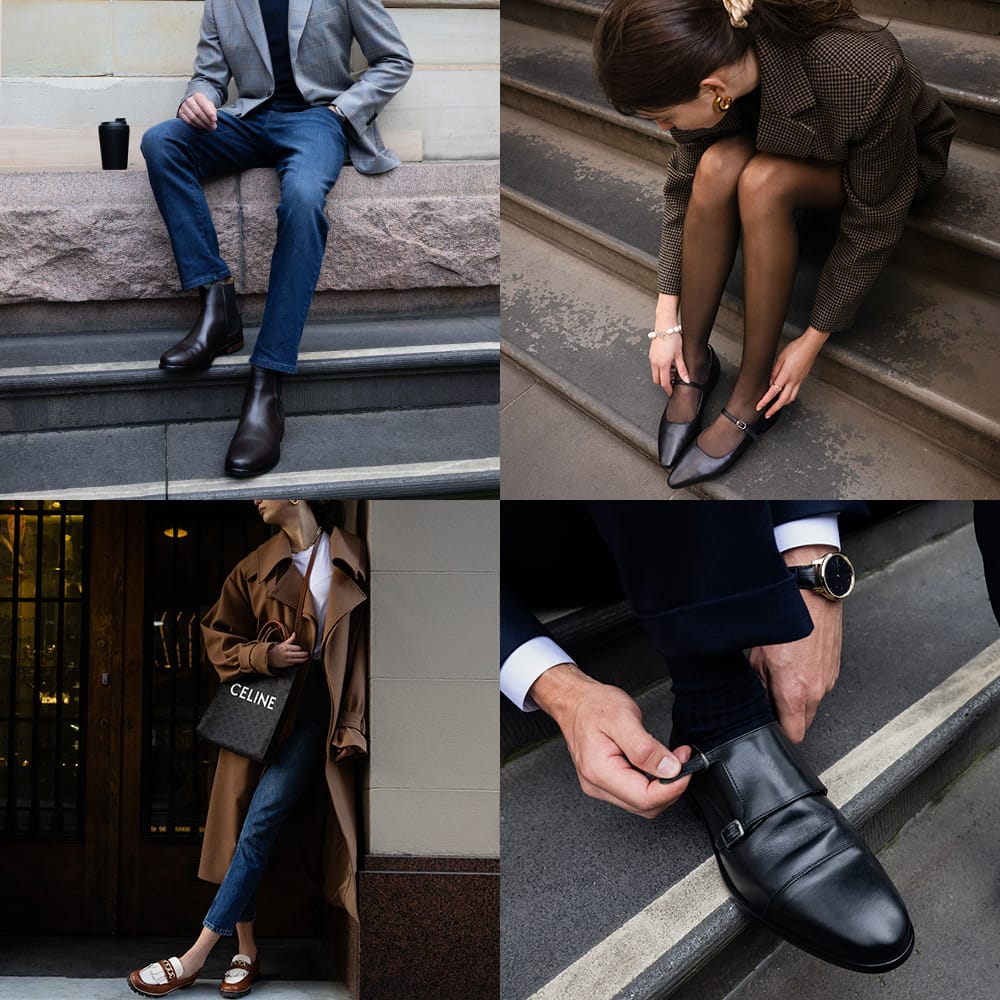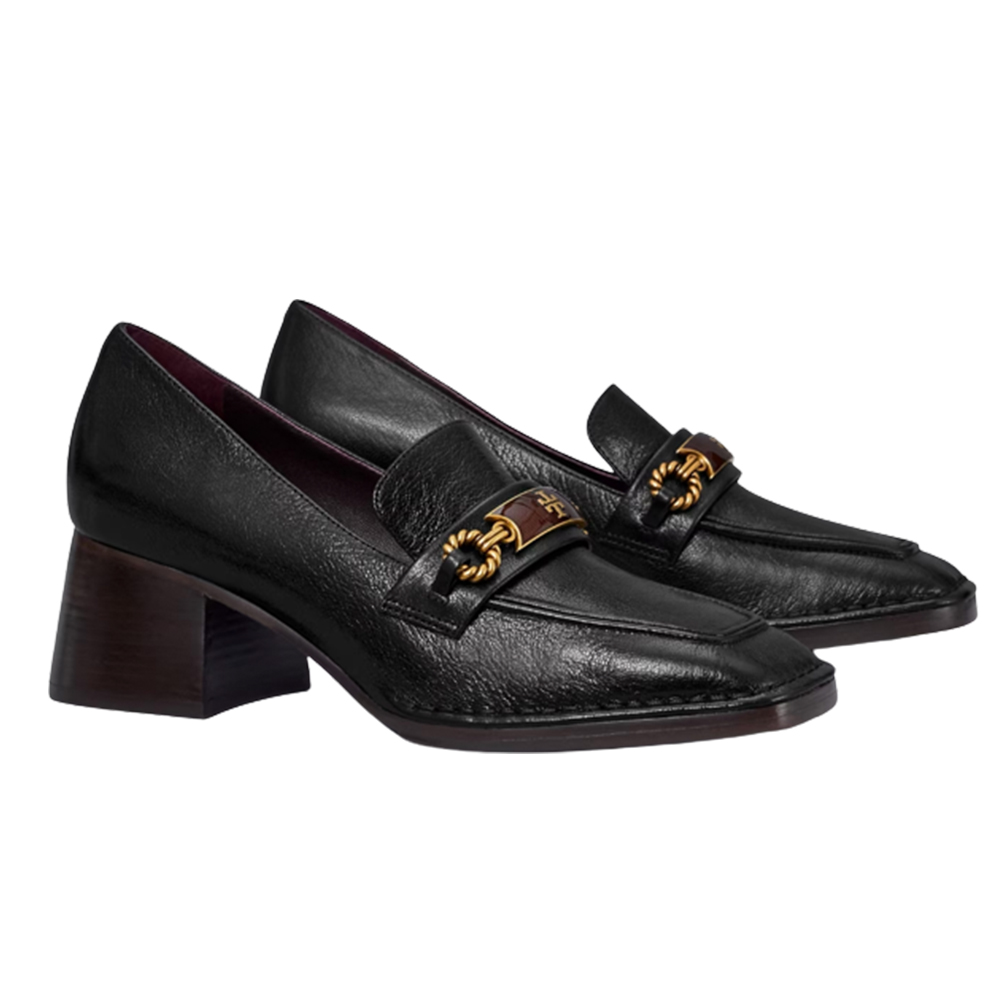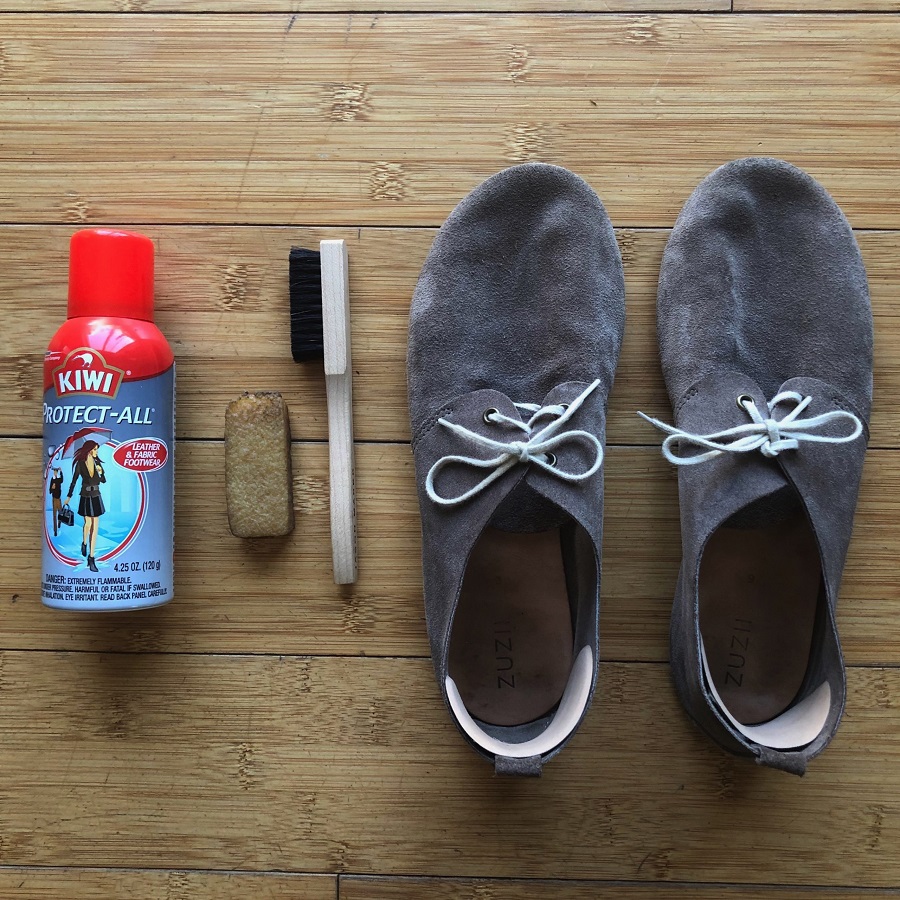Leather shoes exude a timeless charm but can initially be stiff and uncomfortable. This comprehensive guide seeks to provide you with essential tips and techniques of how to Break in Leather Shoes, ensuring you achieve both comfort and style without unnecessary pain. From understanding the properties of leather to using proven strategies for breaking in footwear, we’ve got you covered.
Understanding Leather: A Closer Look
The Nature of Leather
Leather is a natural material made from animal hides, usually cows. Due to its organic origin, leather shoes are inherently more adjustable to fit your feet better over time. However, leather’s initial stiffness can deter many from wanting to wear new shoes. Leather contains natural fibers that, when new, are tightly packed but can stretch and relax. Thus, knowing the type of leather can significantly determine how you might break them in.
Types of Leather Shoes
Different types of leather affect the breaking-in process. Full-grain leather is the most durable but can be the stiffest when new. Suede leather, on the other hand, is softer and may require less breaking-in. Additionally, patent leather, with its shiny finish, can be notably rigid. It’s crucial to ascertain the type of leather before choosing the best method to break in your shoes. Knowing this will save you both time and discomfort.

Preparing for the Break-In Process
Selecting the Correct Size
Choosing the correct shoe size is vital. Shoes that are too tight or too loose will never feel comfortable, no matter how much you break them in. Therefore, a professional fitting is advisable. If ordering online, pay attention to the brand’s sizing guidelines and customer reviews. Sizes can vary across different brands, and understanding these nuances can make your purchase smoother.
Protective Measures
Before you start wearing your new leather shoes extensively, it’s wise to implement some protective steps. Consider using a leather conditioner to help soften the material. This also helps to moisturize the leather, reducing the likelihood of cracks. Additionally, applying a waterproof spray can protect the leather from water damage during the breaking-in phase. These preliminary steps can enhance the longevity and comfort of your shoes.
Effective Techniques and Tips
Gradual Wear
Breaking in leather shoes gradually is essential to avoid discomfort. Start by wearing your shoes for short periods at home. This allows the leather to begin molding to your feet. Initially, limit wear to 30 minutes per session, gradually increasing as the shoes become more comfortable. This strategy helps you avoid painful blisters and pressure points.
Using Socks
Wearing socks is another helpful tip for breaking in leather shoes. Thicker socks can offer additional cushioning, making the process more comfortable. Alternatively, you can double up on socks to expedite the stretching process. The added bulk inside the shoe facilitates quicker molding to your foot shape. Always ensure that the socks are moisture-wicking to prevent sweat buildup.

Advanced Techniques for Speedy Results
Shoe Stretchers
For those looking to accelerate the breaking-in process, shoe stretchers can be remarkably effective. These specialized tools can be adjusted to expand both the width and length of the shoe. Insert the stretcher into the shoe and adjust it to exert gentle pressure. Leave the stretcher in place overnight for the best results. While an investment, shoe stretchers are highly useful for those who often purchase leather footwear.
Freezing and Heating Methods
Innovative methods like using heat or freezing can also work wonders. For the freezing method, fill plastic bags with water and place them inside the shoes. Then, put the shoes in the freezer. As the water freezes, it expands, stretching the leather. Conversely, heating involves using a hairdryer to warm the shoes while wearing thick socks. The heat softens the leather, making it pliable. However, always exercise caution to avoid damaging the shoes.
Daily Habits for Maintaining Comfort
Regular Conditioning
Regularly conditioning your leather shoes keeps them soft and flexible. Leather conditioners penetrate the fibers, making the material more supple. This prevents the leather from drying out, which can lead to cracking. Apply a small amount using a soft cloth, working it into the leather in circular motions. Conditioning not only aids the breaking-in process but also extends the life of your shoes.
Shoe Trees and Their Importance
Using shoe trees when your leather shoes are not in use helps maintain their shape. Shoe trees absorb moisture from the lining, preventing the leather from becoming damp and misshapen. They also ensure that the shoes retain their form, minimizing creases. Wooden shoe trees, specifically cedar, are ideal due to their moisture-absorbing properties.
Handling Problem Areas
Dealing with Blisters
Blisters are a common issue when breaking in new leather shoes. To manage blisters, apply moleskin padding to areas prone to friction. Blister bandages can also offer relief, providing a cushion between your skin and the shoe. If blisters form, clean them with antiseptic and cover with a sterile bandage to avoid infection.
Patching Trouble Spots
High-pressure areas can cause discomfort. Identify problem spots early and take steps to mitigate them. Anti-friction sticks or gel pads can provide relief in these areas. Some people opt for DIY solutions, like using powder to reduce friction. Ensuring a comfortable fit from the outset can prevent these issues from escalating.

Long-Term Maintenance and Care
Rotational Wear
To ensure your leather shoes break in evenly and last longer, practice rotational wear. Do not wear the same pair two days in a row. Rotational wear gives the leather time to breathe and recover. This habit is particularly beneficial for formal and work shoes, extending their lifespan significantly.
Regular Cleaning
Keeping your leather shoes clean is crucial for their longevity. Regularly wipe off dirt and dust with a soft, damp cloth. For deeper cleaning, use specialized leather cleaners, followed by conditioners. This routine maintenance keeps the leather vibrant and soft, making the shoes more comfortable with each wear.
Common Misconceptions About Breaking in Leather Shoes
Quick Fixes
Many quick fixes promise to break in leather shoes rapidly. However, these often do more harm than good. Some suggest soaking the shoes in water, which can ruin the leather. Others recommend using alcohol, but this can dry out the material, causing it to crack. It’s best to stick to proven, gradual methods.
Generic Solutions
Not all leather shoes break in the same way. It’s easy to assume that one method will work for all types. However, the process can vary based on the leather type, shoe design, and individual foot shape. Understanding your specific shoes and personalized needs leads to better results.
Expert Tips for Effortless Breaking In
Consult a Professional
Sometimes, consulting a cobbler can make a significant difference. Professional shoe experts can provide tailored advice, often suggesting techniques you might not have considered. If your shoes require extensive adjustment, professional stretching services can save you time and discomfort. This expert intervention proves invaluable, especially for high-end leather shoes.
Paying Attention to Feedback
Listening to your feet during the break-in process is crucial. If you feel persistent pain or discomfort, reassess your methods. It’s better to take a slower approach than to risk damaging both your feet and shoes. Periodically check for signs of wear and tear, adjusting your techniques accordingly.
Conclusion: Walk with Confidence
Breaking in leather shoes can seem daunting but is manageable with the right approach. Taking the time to understand the nature of your shoes, implementing gradual methods, and maintaining consistent care ensures a comfortable fit. With patience and proper techniques, you can walk confidently in your stylish, well-broken-in leather shoes. Remember, good things come to those who take the time to care for their footwear. Your feet, and your shoes, will thank you.


